I am using Azure API's in C# code and used below libraries:
using Microsoft.Rest; using Microsoft.Rest.Azure.Authentication;
using Microsoft.Azure.Management.DataLake.Store;
using Microsoft.Azure.Management.DataLake.StoreUploader;
using Microsoft.Azure.Management.DataLake.Analytics;
using Microsoft.Azure.Management.DataLake.Analytics.Models;
using Microsoft.WindowsAzure.Storage.Blob;
To create connection with Azure:
private static ServiceClientCredentials AuthenticateAzure(string domainName, string nativeClientAppCLIENTID)
{
// User login via interactive popup
SynchronizationContext.SetSynchronizationContext(new SynchronizationContext());
// Use the client ID of an existing AAD "Native Client" application.
var activeDirectoryClientSettings = ActiveDirectoryClientSettings.UsePromptOnly(nativeClientAppCLIENTID, new Uri("urn:ietf:wg:oauth:2.0:oob"));
return UserTokenProvider.LoginWithPromptAsync(domainName, activeDirectoryClientSettings).Result;
}
When calling LoginWithPromptAsync, I got the popup, which ask my credentials. I don't want this pop-up to appear every time I run the code. Is there any way to come up with this thing beside creating Azure app?
I have an ApplicationId, TenantId, CertificateThumbprint, and SubscriptionId (below). Can I use these fields to authenticate to azure without prompt?


